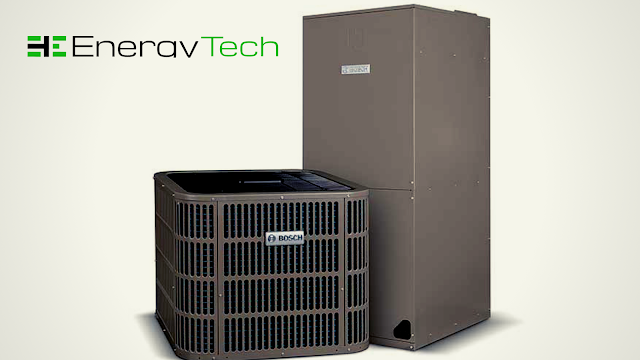These systems are in fact very basic. The most common Bosch hydronic heat pump exchanger
consists of 3 main parts: the central heating boiler (the heating resource),
the piping range as well as the warmth exchangers (which transfer the warm from
the water into heat for the space..
The procedure goes like this: water is heated up and then
either turned into heavy steam or extremely close to boiling as well as is then
piped to radiators (situated through-out the house) or to thermal mass floor
coverings (which soaks up the warm as well as slowly releases it into the space.
The 3 types of fuel sources for a hydronic heat exchanger
are electric, gas or oil-fired central heating boilers. Central heating boilers
can be made from cast-iron, stainless steel or copper. While there are
different manner in which each of these central heating boilers are built, each
with their very own advantages and drawbacks, the essence to understand that is
each central heating boiler is primarily heating up a closed-water system.
This suggests that any type of persistent loss of fluid can
trigger a problem. This is why the type of piping variety becomes seriously important
to the general system.
The Three Basic Hydronic Heat Exchanger Types.
As you may have presumed now, hydronic heat exchangers are
usually identified by their piping plans:
- One-pipe or solitary pipe.
- Two pipeline.
- Loop collection.
The oldest of hydronic heat exchanger layouts is the
one-pipe array. A solitary pipe lugs vapor from the central heating boiler to
every radiator in the framework. The single-pipe has a design made so that at
some point gravity will pull the compressed water in the piping back into the
central heating boiler container. A two-pipe system makes use of a second
return pipeline rather than gravity-induced circulation to bring water back to
the holding storage tanks.
Both solitary and also two pipeline systems were developed
for steam-based warmth exchangers but many contemporary units utilize hot water
in a loophole series of pipelines as the warm conductors. This sort of system
offers a slimmer wall-mount, stainless-steel warm transfer system as well as
has much better energy-efficient water to air warm transfer rates.
An additional advantage of this kind of hydronic home
heating is that if properly furnished will heat water for residential uses like
cooking, washing or bathing in addition to water for outside usages such as
pool, health clubs, hot tubs, garages or greenhouses. Plus looped pipe hydronic
heat exchangers will not only supply heat in the winter season however can be
made use of to distribute chilled water in the summertime to assist in general
cooling.
So as you can see modern Bosch hydronic heat pump systems cannot warm you and also your family in those chilly winter season
however also supply a low cost method of central air cooling as well.






1 Comments
If you are having second thoughts if your heat pump is working properly, I think this article here would help: Heating System During Spring Season.
ReplyDelete